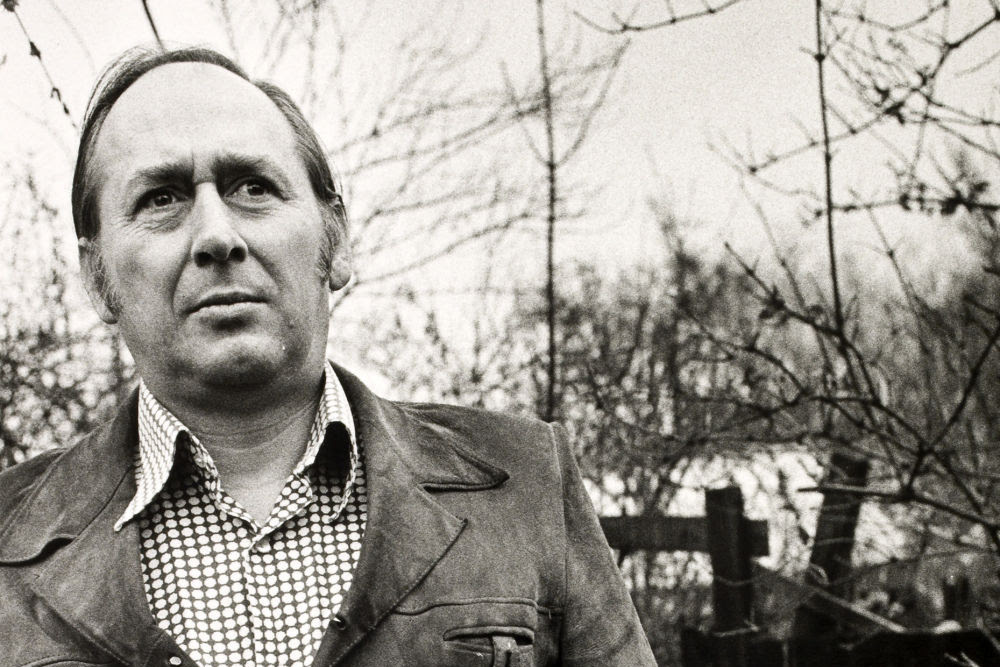Every week, the editors of The Paris Review lift the paywall on a selection of interviews, stories, poems, and more from the magazine’s archive. You can have these unlocked pieces delivered straight to your inbox every Sunday by signing up for the Redux newsletter.
This week at The Paris Review, we’re in a holiday kind of mood. Read on for J. G. Ballard’s Art of Fiction interview, Ottessa Moshfegh’s short story “Dancing in the Moonlight,” and Diane di Prima’s poem “Rondeau for the Yule.”
If you enjoy these free interviews, stories, and poems, why not subscribe to The Paris Review and read the entire archive? You’ll also get four new issues of the quarterly delivered straight to your door—and if you subscribe via our special bundle, you’ll get a tote bag, too! And don’t forget to listen to Season 2 of The Paris Review Podcast!
J. G. Ballard, The Art of Fiction No. 85
Issue no. 94 (Winter 1984)
I have a sense of certain gathering obsessions and roles, certain corners of the field where the next stage of the hunt will be carried on. I know that if I don’t write, say on holiday, I begin to feel unsettled and uneasy, as I gather people do who are not allowed to dream.
Dancing in the Moonlight
By Ottessa Moshfegh
Issue no. 214 (Fall 2015)
Until Christmas money from my father arrived, I would have a hundred dollars cash in my wallet, plus a fifteen-dollar gift card to Burger King that Mark had given me for Hanukkah as a joke. He had gone off to Vermont with his wife to be with her family. Everyone else was home with their parents, or on glamping trips in Joshua Tree or sunning themselves in Maui or Cabo or Puerto Rico with their girlfriends.
Rondeau for the Yule
By Diane di Prima
Issue no. 39 (Fall 1966)
Another escaping & you are not so dumb
That you didn’t see that in it.
There are Xmas decorations in the windows.
Four Christmases ago or the summer before
and mostly ephemeral.
The seasons roll over it
flattening it out.
Still, a flicker of interest: what a funny hat
You’re wearing …
If you like what you read, get a year of The Paris Review—four new issues, plus instant access to everything we’ve ever published.
from The Paris Review https://ift.tt/2PW7SE6



Comments
Post a Comment